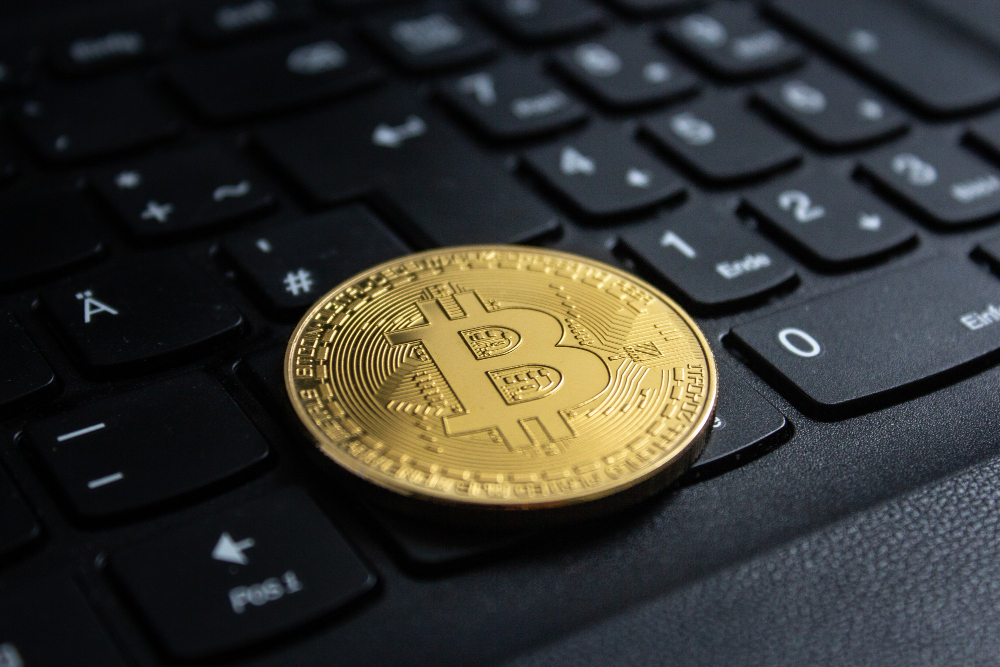Yield farming and liquidity mining are two popular concepts within the realm of decentralized finance (DeFi) that have gained significant attention in recent years. These practices offer individuals the opportunity to earn rewards and generate income by providing liquidity to various DeFi protocols.

What is Yield Farming?
Yield farming involves the process of lending or staking cryptocurrencies within DeFi protocols to earn rewards. It is simply putting your assets to work and maximizing their potential. In yield farming, you become a liquidity provider by depositing your assets into a decentralized lending or borrowing platform, often referred to as a decentralized money market.
When you supply liquidity to these platforms, you essentially contribute your assets to a pool that other users can borrow from. In return, you will get token rewards or additional digital assets that represent your share of the pool. These rewards can be in the form of interest, fees, or governance tokens.
How Does Yield Farming Work?
The yield farming process typically involves interacting with decentralized exchanges (DEXs) or automated market makers (AMMs), which facilitate the trading of cryptocurrencies. When you utilize these platforms, you can find the most advantageous opportunities to maximize your yield. However, the goal is to identify the protocols that offer the highest returns for your deposited assets, thereby allowing you to optimize your earnings.
If you have some Ethereum (ETH) and you’re interested in earning additional rewards by participating in yield farming on DeFiLend, for instance, DeFiLend will allow you to lend out your assets and earn interest on your holdings. In this case, you’re interested in lending your ETH to the platform and earning rewards in the form of a governance token called “DFL”.
First, you will visit the DeFiLend platform and connect your Ethereum wallet, such as MetaMask, to interact with the protocol. Once your wallet is connected, you will deposit your ETH into the lending pool on DeFiLend. By doing so, you become a liquidity provider for the platform, as they use your deposited ETH to provide loans to borrowers, generating interest.
In addition to earning interest on liquidity, DeFiLend also distributes its governance token, DFL, to liquidity providers as an incentive. These tokens grant you voting rights within the DeFiLend ecosystem and potential value in secondary markets.
Over time, you will continue to earn interest on your deposited ETH and accumulate DFL tokens as rewards. The amount of reward you receive is proportional to the liquidity you provide to the platform.
What are the Risks of Yield Farming?
The decentralized nature of Yield Farming platforms means that they may be susceptible to smart contract vulnerabilities or hacking attempts. Additionally, the high level of competition among yield farmers can lead to increased volatility and fluctuating returns. Therefore, it is crucial to conduct thorough research and carefully consider these risks before investing your money.
What is Liquidity Mining in Defi?
Liquidity mining is a mechanism used by DeFi protocols to incentivize users to provide liquidity to their platforms. Similar to yield farming, liquidity mining involves depositing assets into a liquidity pool, usually on a decentralized exchange, or AMM. However, in liquidity mining, the rewards are often in the form of the protocol’s native governance tokens.
As a user, you directly contribute to the overall liquidity of the platform, which is necessary for efficient trading and transactions. In return, you will receive a portion of the protocol’s governance tokens as a reward for investment. These tokens grant you voting rights and a say in the decision-making processes of the protocol. They may also have value in secondary markets, allowing you to trade or sell them for other assets.
Liquidity mining serves multiple purposes. It not only encourages users to provide liquidity to DeFi platforms but also helps distribute the protocol’s governance tokens to a wider audience. This distribution promotes decentralization and fosters community involvement, as more individuals have a stake in the platform’s development and success.
However, as with any investment or participation in DeFi, there are risks associated with liquidity mining. Firstly, the value of governance tokens can be volatile, and their price may fluctuate based on market demand and supply dynamics. Secondly, you must carefully consider the potential impermanent loss, which occurs when the value of the deposited assets in the liquidity pool changes relative to external markets.
Providing LiQuidity On Decentralised Exchanges (DEXs)
Decentralized finance (DeFi) lets you contribute to the liquidity pools of its platforms. Liquidity providers are like superheroes who help make trading smooth and keep DEXs running smoothly.
Unlike traditional exchanges, DEXs do not rely on middlemen. Instead, they use smart contracts to enable direct trading between users. Liquidity on DEXs comes from people like you who deposit their assets into liquidity pools. These pools are like reserves of tokens used for trading.
To become a liquidity provider on a DEX, you will connect your Ethereum wallet, like MetaMask, to the DEX platform. Once connected, choose which token pair to provide liquidity for. For example, if you have equal amounts of ETH and DAI, deposit them into the ETH/DAI liquidity pool.
When you deposit your assets, you will receive liquidity provider (LP) tokens in return that represent your share of the pool, and you will then get a portion of the trading fees generated by the DEX as a reward. The greater your contribution, the more LP tokens you’ll receive.
As trades happen on the DEX, the token balances in the liquidity pool may change. To keep things balanced, you might need to adjust your holdings from time to time by adding or removing tokens. This helps ensure that there is enough supply of both tokens in the pool.
As a liquidity provider, you will earn a part of the trading fees generated on the DEX. Whenever a trade occurs in the liquidity pool you contributed to, a percentage of the transaction fee is shared among all the liquidity providers. This means you can earn a passive income over time.
What are the Risks of Providing Liquidity on DEXs?
It is important to know that providing liquidity on DEXs comes with some potential risks. One risk is impermanent loss, which happens when the value of the tokens in the liquidity pool changes compared to external markets. If one token’s price changes a lot, you might experience a temporary loss. Additionally, there are also risks of smart contract issues, hacking attempts, and market ups and downs.
However, if you no longer want to be a liquidity provider, you can withdraw your assets from the pool. After that, you will return your LP tokens, and the DEX will release your share of the assets based on the current pool balances.
Remember, being a liquidity provider can be rewarding, but it’s also important to understand the risks to invest safely in the Defi market.
Personal Note From MEXC Team
Check out our MEXC trading page and find out what we have to offer! There are also a ton of interesting articles to get you up to speed with the crypto world. Lastly, join our MEXC Creators project and share your opinion about everything crypto! Happy trading! Learn about interoperability now!
Join MEXC and Start Trading Today!



